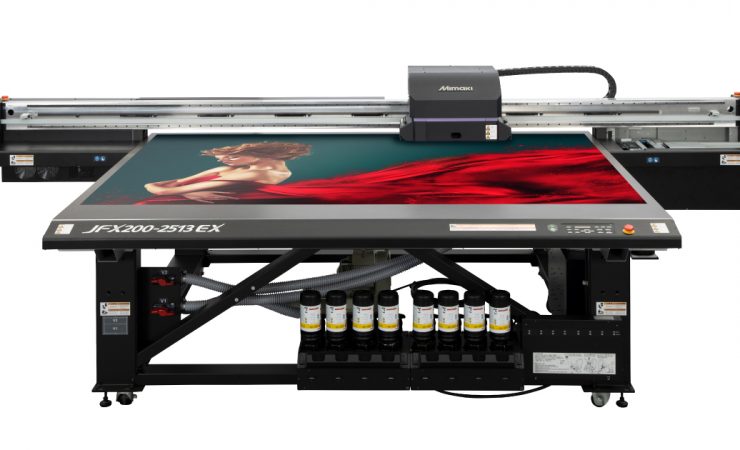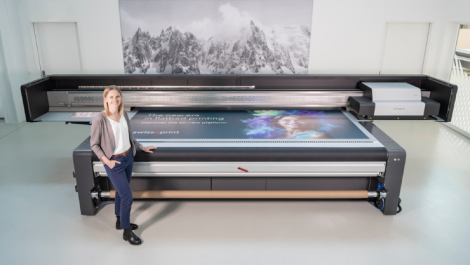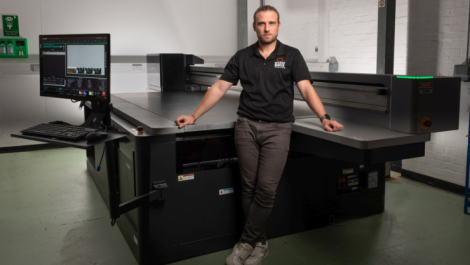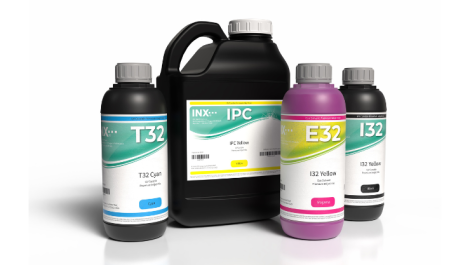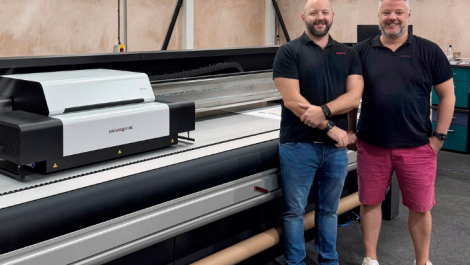Mimaki has introduced a new flatbed UV LED printer, the JFX200-2513EX, which sits between the existing JFX200 and JFX 500 models, and offers multiple-pass layered printing to build depth, plus the 3DFF-222, a new 3D printer that supports applications for the company’s flatbed UJF-series of UV printers.
Thanks to a new print head configuration, the printer achieves double the output speeds of the JFX200, with no slow-down with white ink. A new draft mode brings a 280% speed increase, resulting in a maximum speed of 35sqm/hr.
The printer’s 2.5 x 1.3m print area supports industry standard boards and with a head gap of 50mm and maximum media weight of 250kg, it is capable of printing on a wide variety of materials. New productivity features include the integration of Mimaki’s NCU and NRS systems for automatically detecting and resolving nozzle blockages, as well as the company’s MAPS system that reduces ‘banding’ effects in the print.
A foot pedal has also been added to control the table vacuum and ethernet connectivity allows remote job messaging and the simultaneous connection of multiple printers.
The new ‘2.5D emboss’ mode, allows up to 17 layers of ink to be printed to add a three-dimensional effect to the print; a relatively simple four-stage file editing process in Photoshop is required to prepare artwork for this purpose. Results seen by Digital Printer on a reproduction of a Van Gogh painting had an impressive depth of texture.
‘Mimaki’s JFX200 range has always offered sign makers and print providers the perfect flatbed printing solution, hence its enduring popularity in the UK and Ireland,’ said Brett Newman, chief operations manager at UK and Ireland distributor Hybrid. ‘With the launch of the JFX200-2513EX, Mimaki has made substantial speed improvements, as well as adding some highly useful functionality.’
Mimaki also showed at Fespa a new 3D printer, the 3DFF-222 which it says complements the UJF series of small flatbed printers by being able to print custom jigs for objects to reprinted, or to build custom objects that can themselves be UV printed; the company says that its UV inks adhere very well to the filament material it uses for 3D printing.
